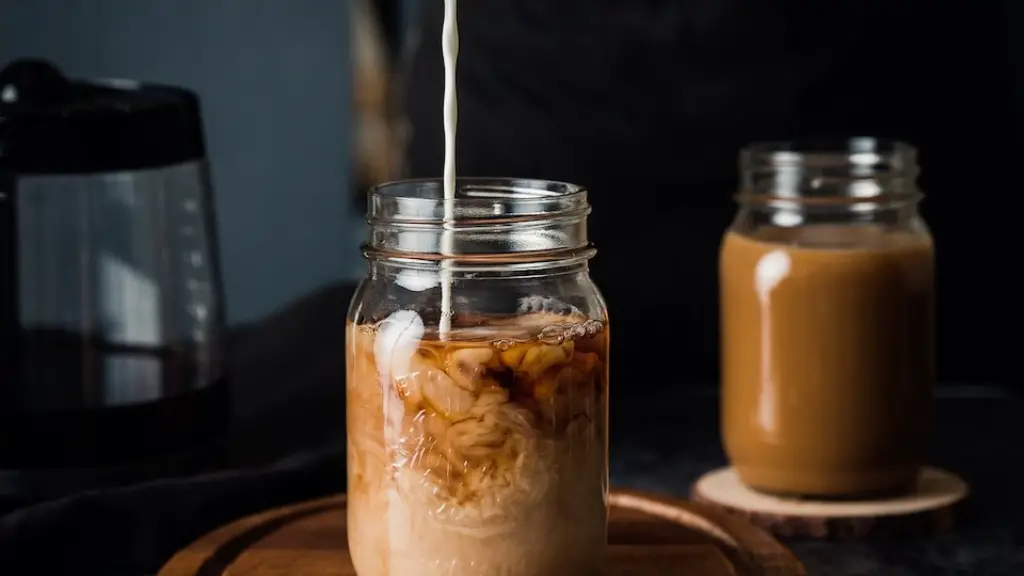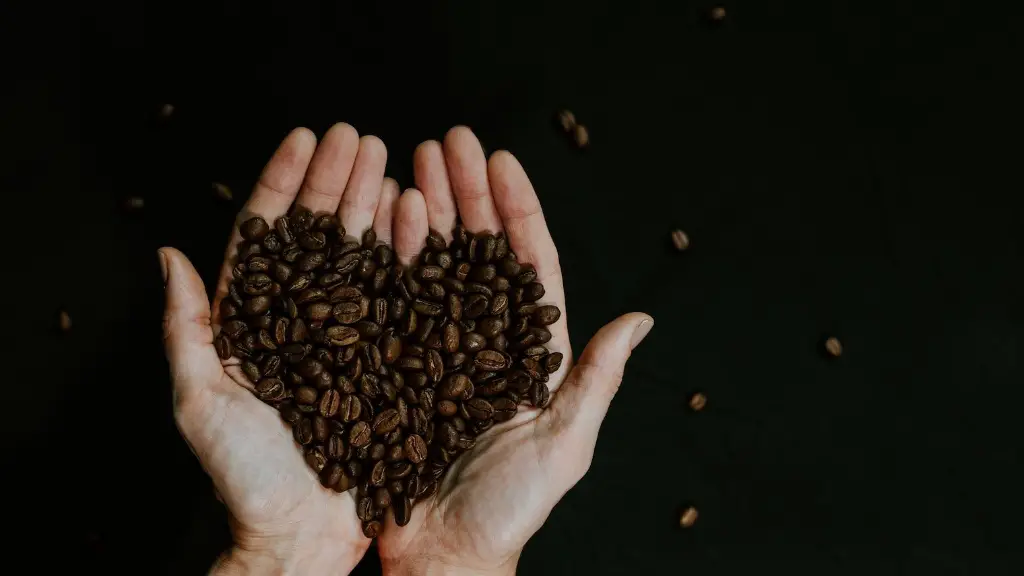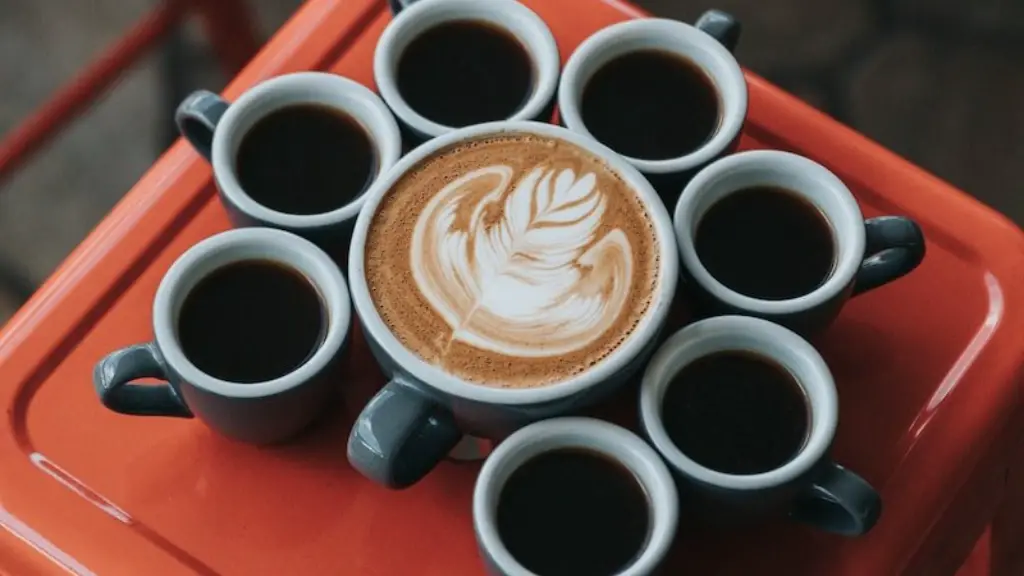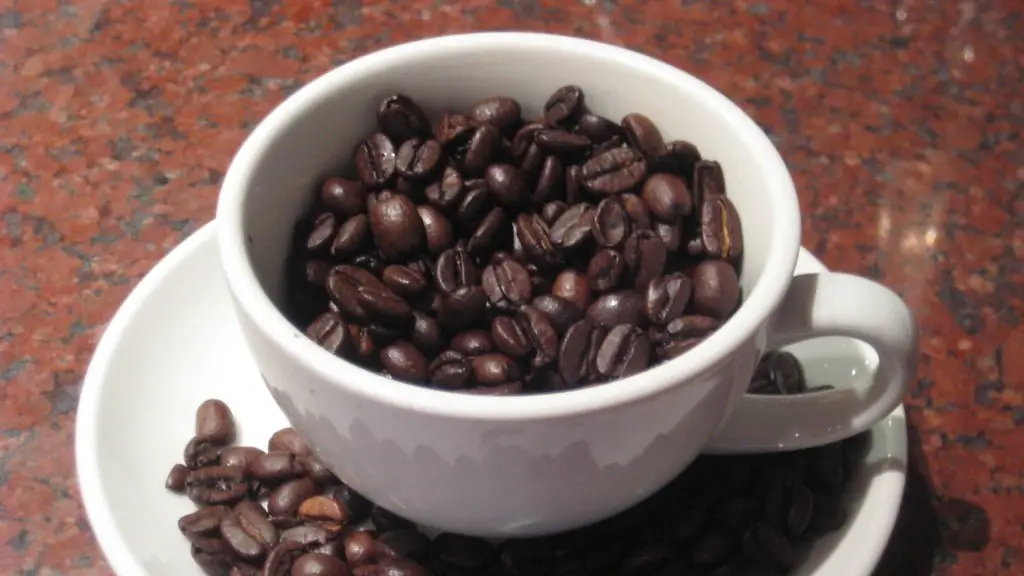Coffee beans can be transported in a number of ways, depending on the distance they need to travel and the amount of beans being transported. They can be transported by hand, in a wheelbarrow or cart, or by larger means such as a truck or train.
Coffee beans can be transported in a number of ways, including by truck, train, boat, and airplane.
Are coffee beans picked by hand or machine?
Most coffee beans are harvested by hand, in which they can be strip picked or selectively picked. The topography of certain regions means machine harvesting is not always possible owing to the steep terrain. However, in some places such as Brazil, where the land is flat, they can be machine harvested.
If you’re looking to become a coffee distributor, there are a few things you should keep in mind! First, become a coffee expert. This means learning all there is to know about coffee, from bean to cup. Not only will this make you more knowledgeable about the product you’re selling, but it will also help you to better understand your customers’ needs.
Next, pin down your market. Who are you selling to? Are you targeting businesses or individuals? Once you know your target market, you can better understand what type of space or website you’ll need to reach them.
Then, establish a financial plan. This will help you to know how much product you need to purchase, how much rent you’ll need to pay, and how much you should charge for your coffee.
Finally, secure reliable transportation. This is important because you’ll need to be able to get your coffee to your customers on time and in good condition.
Providing good service is also key to success as a coffee distributor. Be responsive to your customers’ needs, answer their questions, and address any concerns they may have. By giving your customers the best possible experience, you’ll keep them coming back for more!
How is coffee distributed
Once the beans are dried, they are packaged into large sacks and passed onto the exporters. From there, they are distributed to big companies in the coffee business who take these beans and put them in industrial roasting and distribution centres.
There are a few different ways that coffee can be packaged. Two common packaging options are jute and burlap bags, and plastic bags. Jute and burlap do not protect against moisture very well, so if the coffee is going to be stored for a long period of time or in a humid environment, it is better to use plastic bags. However, plastic bags may still let some moisture in, so for the best protection, specialty coffees are often packed in Grainpro before being packed in jute bags.
Are Starbucks coffee beans hand picked?
The Reserve program is Starbucks’ way of ensuring that only the best coffee beans are used in their coffee. The program is very meticulous, and each coffee bean is hand-selected to ensure that it meets the high standards set by Starbucks. This commitment to quality coffee beans is what makes Starbucks Reserve coffees some of the best in the world.
There are two ways to harvest coffee: strip picking and selective picking. Strip picking is when all of the cherries are stripped off of the branch at one time, either by machine or by hand. Selective picking is when only the ripe cherries are harvested, and they are picked individually by hand.
How are coffee beans transported to the US?
Shipping coffee by sea is significantly cheaper than air shipping due to its larger capacity, but it can often take weeks or even months for the coffee to reach its destination.
The coffee market is segmented by product type and distribution channel. By product type, it is segmented into whole bean, ground coffee, instant coffee, and coffee pods and capsules. By distribution channel, it is segmented into supermarkets/hypermarkets, convenience/grocery stores, online retail, and other distribution channels.
How are coffee beans stored in warehouse
The sorted beans are then stored in 60 or 70 kg sacks called sisal bags that help the beans retain moisture for a longer period of time. The storage time cannot exceed one year for the beans to be considered a current crop.
Coffee beans are typically packaged in new bags made of woven natural materials like jute or sisal. These bags allow for free air circulation, which helps keep the beans fresh. The net weight of a coffee bean bag is usually 60 kg, but it may be up to 69 kg in countries like Central America and Colombia. In some cases, coffee from Mexico is shipped in a sisal outer bag with a plastic inner bag.
How does coffee travel?
The coffee beans that are roasted are shipped both domestically and internationally. The bulk shipments go to retailers, coffee shops, and in some cases, the coffee beans are shipped directly to consumers. When the coffee beans are shipped directly to consumers, they are typically shipped in small quantities.
Once the coffee is contracted out, the beans are transported by the truckload to a shipping container at the port. Depending on the origin, this can be a trek anywhere from 3 to 23 hours through sometimes challenging terrain. This is when the fun really begins!
Why is coffee shipped in burlap
This bag is great for keeping your coffee fresh and also protecting the beans from spoiling and pests. The material is sturdy and the bag has a tight seal to keep everything inside fresh and safely stored.
When preparing the box for your coffee shipment, be sure to line the bottom with additional bubble wrap for padding. This will help to keep the coffee bags from shifting around too much and getting damaged during transit.
What is the best packaging for coffee?
The flat bottom coffee bag is one of the most popular packaging formats in the coffee industry because it provides a prominent shelf presence and is able to stand unassisted for maximum impact. Often, the top of the bag is folded over or completely down into a brick shape and sealed to preserve freshness.
Coffee beans that are handpicked tend to be of a better quality than those that are picked by machine. This is because hand picking allows for more control over the texture, size, and shape of the beans, which in turn leads to a better tasting coffee.
Why is Sumatra coffee so good
Sumatra coffee is definitely a unique and complex coffee. The flavor profile is quite earthy and spicy, with notes of dark chocolate and tobacco. The coffee is also known for being low in acidity and having a full body, which makes it a great choice for those who prefer a bolder, richer coffee.
Robinson’s statement perfectly reflects Starbucks’ focus on quality coffee beans. The company only buys arabica coffee beans because of their superior flavor. This allows Starbucks to create unique and interesting blends that customers love. Quality is always the top priority at Starbucks, and that’s why they’re one of the leading coffee companies in the world.
Warp Up
Coffee beans are transported by boats, trains, and trucks.
Overall, coffee beans are transported via four main methods: road, rail, sea, and air. The most common mode of transport is by road, due to the abundance of trucks relative to the other modes. Rail transport is the second most common method, however it is generally used to transport coffee from port cities to inland destinations. Sea transport is used to move coffee beans between continents, and air transport is used when time is of the essence.





